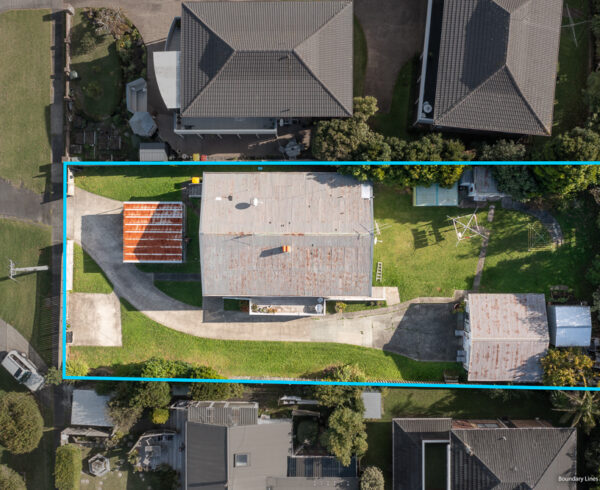Open homes give you a great first impression of a property and you’ll know almost immediately if it’s one you want to pursue. But that first visit can be much more than a “once over lightly” impression. How do you make sure you’re getting as much information from it as possible.
Use the time to perform a thorough first property inspection. Later on, you’ll want to engage professionals to inspect the building’s structure and health, but it’s a good idea to use your initial tour of the home to see some things for yourself.
The structure
When inspecting a property, chances are the current owners are going to present the interior of the property in the best possible light. They will have cleaned and tidied, perhaps added a new coat of paint, or even had the home styled with beautiful furniture. Whilst these things will help you to appreciate what the home could look like for you, at this stage, it’s more important to focus on the dwelling’s structure.
Look for
- Damage from pests. Recent termite damage in wooden structures is a huge red flag. Have a look for bores through wooden frames, or dirt tubes in the foundation or exterior walls that hint to borer infestation.
- Poor construction. Windows and doors that jar, or cracks in the walls around doors and windows are both signs of poor construction.
- Wet spots on walls or ceilings. Condensation within the home can lead to mould build-up, timber decay, leaks, corrosion and even loss of structural integrity.
- Cracks in the foundation. Some small cracks in a home’s foundation can be harmless, but large cracks either running down the foundation or across could mean a home is shifting, which can cause significant structural damage over time.
If you see anything through this process make a note of it, and make sure to mention it when you have a professional building inspector go through the property.
The location
Location means more than the general neighbourhood. You may be attracted to the area, but take a look at the property’s exact location for things that may bother you over the long-term, hurt re-sale value, or cause lifestyle issues.
Things to consider are:
- Is it on a busy main road? Houses on main roads can attract lower prices than those on quieter, private and less congested roads. You’ll also have to get used to the noise of heavy traffic.
- Is it next to a retail or commercial space. This can create high levels of traffic and additional noise, depending on the type of business and its operating hours. Also be mindful of properties next to land that may be zoned as retail or commercial. Talk to your sales consultant about what zoning around the property means for potential development.
- Is the property near railway lines? A home close to public transport is always convenient, but a home that shares a border with a train line, for example can cause a lot of excess noise, potentially hurt re-sale value, and cause safety issues for young family members depending on fencing around the property.
- Are there power lines over the land/property? Sometimes found on larger parcels of land, power lines have been known to drop property prices.
- Is the property on a flood plain? Depending on the city, the climate and the proximity to dams, lakes and watercourses, the potential of flooding on the property will be different. Be aware that houses within the same street can be impacted differently by flood waters. If you have concerns talk to you sales consultant, property inspector and the local council.
The surroundings
- Take note of the neighbouring properties on each adjoining border for any clues you might not be comfortable long term.
- Are the neighbours’ yards neat and tidy? It might not directly impact on the property you’re considering, but what about when it comes time to sell the property? Would untidy yards next to yours reflect poorly on the area?
- Do they have pets? It might not be an issue, particularly if you have pets of your own. But look for problem pets. Is a neighbour’s dog barking non-stop during the inspection? Are animals loose or roaming? Is there evidence of pet damage to shared fences or common areas?
- Do you have a comfortable level of privacy? Take a look at different angles around the home, particularly on smaller blocks or apartments. Are you too close to neighbours? Can you easily hear them through the walls? Are certain windows placed directly opposite a neighbour’s window? Is the property fenced off from neighbours?
It’s important to remember that none of these things always have to be immediate deal breakers on a property you’re interested in. It’s about arming yourself with as much information as possible so you can make an informed decision and end up with a property you are happy with, for an amount you feel is reasonable.
Once you have made your first visit and if you decide you wish to proceed in making an offer, seek good legal, building and financial advice from the experts.







Recent Comments